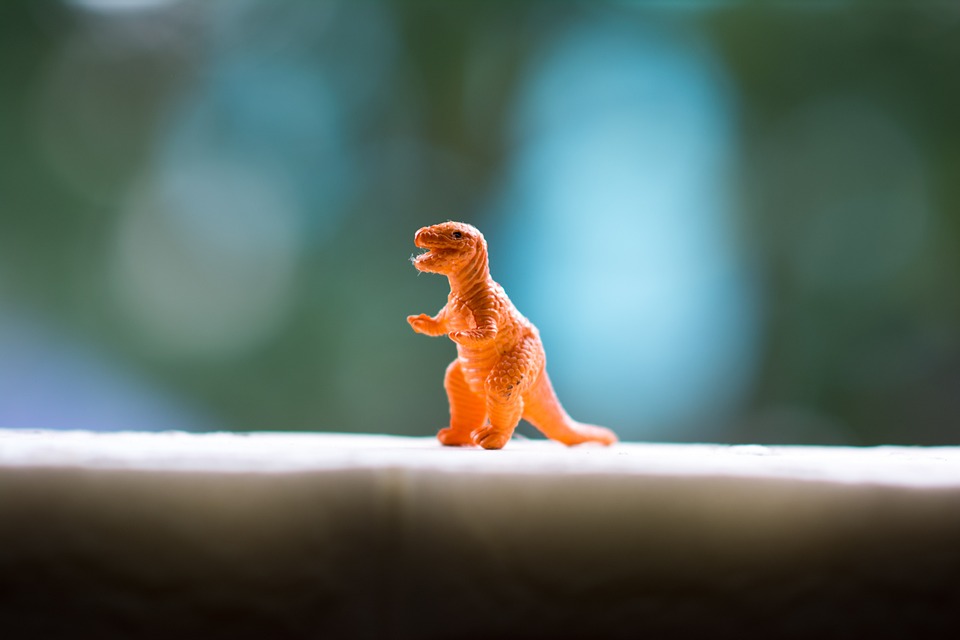Maintaining suitable water currents is crucial for the health and well-being of fish in aquariums or ponds. Water currents not only mimic natural habitats but also provide essential oxygenation and filtration. In this article, we will discuss the importance of suitable water currents for fish, how to achieve and maintain them, and address some frequently asked questions.
Why Suitable Water Currents Are Important for Fish Health
1. Mimicking Natural Habitats:
a. Replicating the natural environment: Fish in the wild are accustomed to living in water bodies with varying currents. Providing suitable water currents in aquariums or ponds helps recreate their natural habitat, reducing stress and promoting overall fish health.
b. Encouraging natural behavior: Fish are active creatures that require movement to stay healthy. Suitable water currents stimulate fish to swim, explore, and exhibit natural behaviors such as hunting and breeding.
2. Oxygenation and Filtration:
a. Oxygenation: Adequate water movement ensures a sufficient exchange of gases, increasing oxygen levels and removing harmful gases like carbon dioxide.
b. Filtration: Water currents assist in distributing waste particles throughout the tank or pond, facilitating their removal by filtration systems. This helps maintain water quality and prevents the accumulation of toxins that can harm fish.
Creating Suitable Water Currents for Fish
1. Choosing the Right Equipment:
a. Water pumps: Select a pump that matches the size of your tank or pond, ensuring appropriate flow rates. Consider adjustable pumps to regulate current strength.
b. Airstones and air pumps: Adding airstones or air pumps can provide additional oxygenation and gentle water movement.
2. Placement of Equipment:
a. Positioning the water pump: Place the water pump at one end of the tank or pond, pointing toward the opposite end. This creates a unidirectional flow, simulating a natural river or stream.
b. Utilizing rocks and decor: Strategically place rocks and decor in the tank or pond to create natural barriers and redirect water flow, promoting varied currents and hiding spots for fish.
3. Adjusting the Flow:
a. Monitoring current strength: Observe fish behavior closely to ensure they are not struggling against the current. If fish appear stressed or fatigued, reduce the flow rate or redirect the water flow pattern.
b. Experimenting with flow patterns: Alter the placement of rocks or decor to modify the flow pattern. Try creating eddies, gentle swirls, or even turbulent zones to cater to the preferences of different fish species.
FAQs about Providing Suitable Water Currents for Fish
1. How strong should the water current be for fish?
– The ideal current strength varies depending on the fish species. Research the specific requirements of your fish to determine the appropriate flow rate. Generally, fish prefer gentle to moderate currents, avoiding excessively strong flows that cause stress.
2. Can I use filters as a substitute for water pumps?
– Filters alone may not provide sufficient water movement. While filters aid in maintaining water quality, they may not generate enough current to satisfy the needs of fish. Combining filters with water pumps or airstones is recommended for optimal fish health.
3. Do all fish require water currents?
– While not all fish species require strong currents, most benefit from some degree of water movement. Research the natural habitat of your fish to determine their preferences and provide suitable currents accordingly.
4. How often should I clean the water pump or filter?
– Regular maintenance is essential to ensure the efficiency of the water pump or filter. Follow the manufacturer’s instructions regarding cleaning intervals, but generally, cleaning every 2-4 weeks is recommended to prevent clogging and maintain water flow.
Conclusion:
Providing suitable water currents for fish is vital for their overall health and well-being. By mimicking natural habitats, promoting oxygenation and filtration, and carefully choosing equipment and flow patterns, fish enthusiasts can create a thriving environment that ensures the longevity and happiness of their aquatic companions. Remember to monitor fish behavior and adjust currents accordingly to optimize their living conditions.









